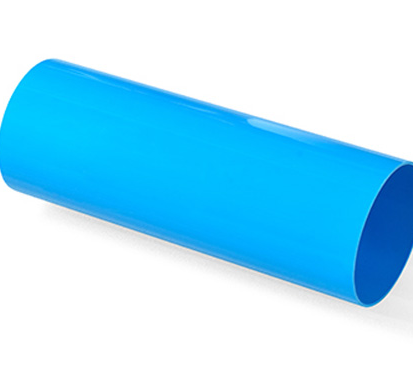Extrusion is a manufacturing process that involves forcing a material through a die to create a continuous profile with a fixed cross-section. The process is typically used to create long, straight parts with a consistent shape and thickness, such as tubing, pipes, and wire. One of the most common machines used for extrusion is an extruder.
An extruder is a machine that utilizes the principle of shear to process materials. It consists of a barrel, a screw, and a die. The barrel is a long, cylindrical chamber that houses the screw, which rotates to move the material through the barrel. The die is located at the end of the barrel and shapes the material as it exits the machine.
The extrusion process begins by feeding raw material, such as plastic pellets or metal ingots, into the barrel. The screw rotates and moves the material forward, while also heating it through friction with the barrel. As the material moves through the barrel, it undergoes shear deformation, which helps to break down any clumps or impurities and create a homogeneous melt.

Once the material reaches the end of the barrel, it is forced through the die, which shapes it into the desired profile. The profile then cools and solidifies as it exits the die, creating a continuous length of material. The material can then be cut to the desired length or wound onto a spool for further processing.
Extruders have a wide range of applications across various industries, including plastics, food, pharmaceuticals, and metals. In the plastics industry, single screw extruder are used to create a wide range of products, including plastic film, tubing, and pipes. In the food industry, extruders are used to create products such as pasta, cereals, and snacks. In the pharmaceutical industry, extruders are used to create tablets and capsules.